You're currently being redirected to volomir.com, it will only take a few moments.
Metals are difficult surface to represent with paint. The natural shines that metal produces and its capacity for reflection of light makes it very complicated. In traditional painting, metal represented in two dimensions is relatively easy to achieve: we force contrasts and glares, and simulate reflections that occur naturally, limiting ourselves to the context of a single view. In sculpture painting, three-dimensional, this is something much more complicated. Glares and shines are something that depends on the relative position of the viewer to the figure, and therefore traditional methods do not work as easily, because, when we switch views, shine spots are fixed in one place and do not move with the viewer's point of view, thus ruining the feeling of metal.
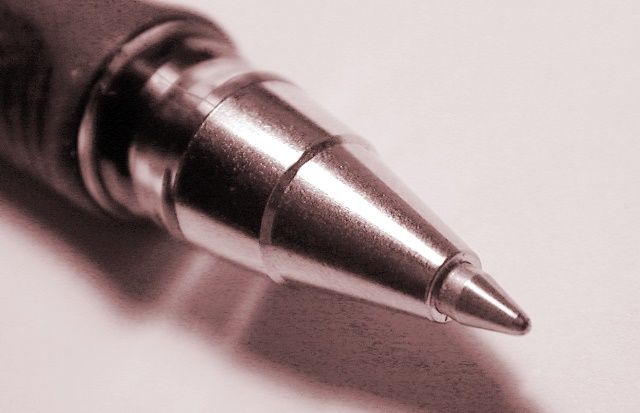
Polished metal shines on a ball pen.
To achieve a realistic metal effect, paints wich metallic pigments were developed to simulate the natural shine of these materials. When painting with these pigments, all the surface acquires a metallic feeling, but despite being a good approximation, we do not get the natural reflection of polished metals (although with some very specific paintings we may get close enough). We will try to fool the eye forcing the glare to be always in the same position, as we do with any other surface in miniature painting, but this time the placement does not depend so much on the light scheme chosen but rather on our intention.
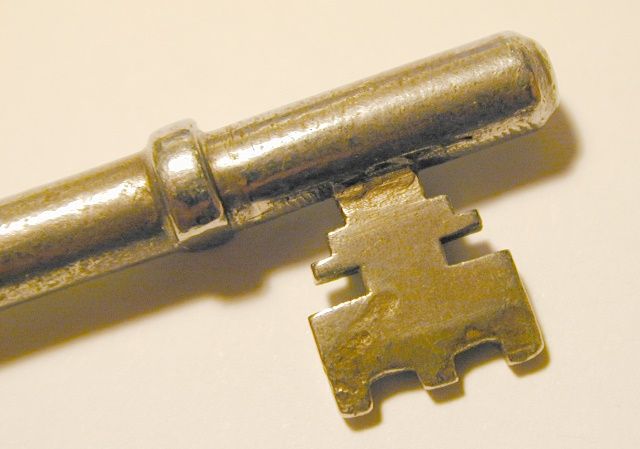
Even when rusty, metal still has strong shines.
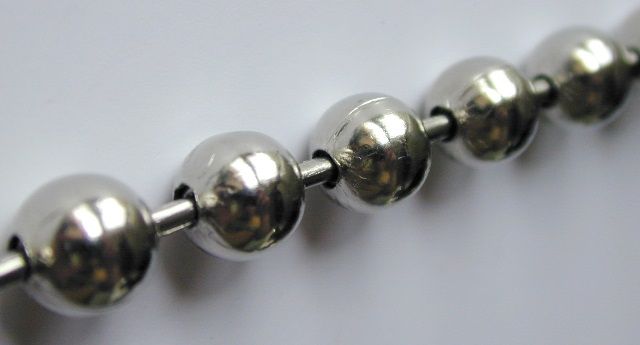
Shines on metallic spheres.
The secret of metals is therefore represent the reflection of light in the appropriate manner. The more polished metals are, the more they suffer from specular reflection, i.e. the more they resemble a mirror in how they reflect those images. This is what we will try to do when trying to represent our miniatures. For this we will use two features that when properly controlled will define the quality of our painting:
- The first feature is that the use of very strong colour contrasts is essential, going from light to dark in a extreme way. We will be able to go from black to white in silver metallics, from light to dark browns in golden metallics, etc. The great difference from painting any other type of surface is that we will extremely differentiate changes of places and position of highlights. The latter, which at other times is determined by the position of light sources, in this case is arbitrary, almost at will, representing the fact that metals act like mirrors. We will use all forms of contrast that we have seen and will use them combined with each other.
- The second feature is the cleaning of transitions. Metallics with dirty transitions will not be believable, and this is especially critical the more polished the metal is supposed to be. When we paint metals with metallic paints we will play with gloss contrast, and that contrast is very sensitive to the smoothness of transitions, as improper blending of transitions in glossiness are easily noticed and spoil all the work.
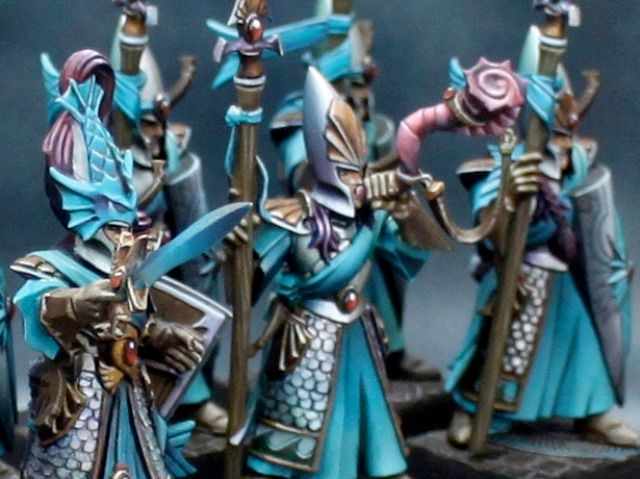
Metallic armours with slight colour reflections.
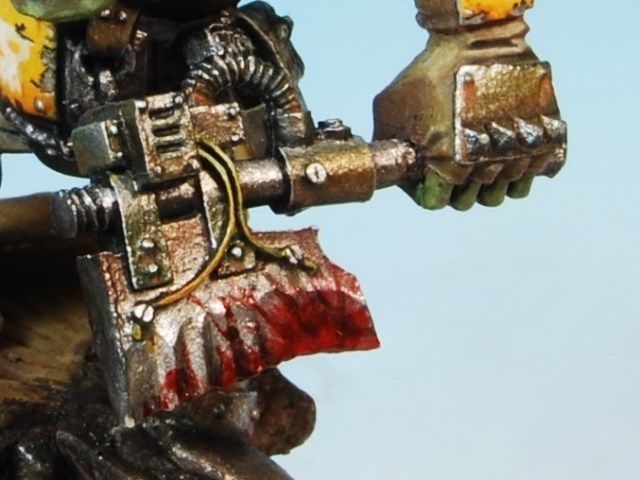
Worn out metal with rust and blood effects.
In metal, light spots will be specular reflections of light rays either from the sun or from an alternative source of light. The shadows will be reflected images of nearby surfaces surrounding the metal, and we will ensure that the more polished the metal has to be, the stronger the reflection we will have to insinuate. These nearby surfaces mark the colour that we will use for the shadows. We will have to do a study of the metal surface to identify where the lights go, and what they are reflecting with the shadows. At times when there is no object close to the metal to be used as reflection, we will use a creative license. We will use the sky if the metal is looking up, so we'll use blueish colours, or the ground if it is looking down, so usually we will use the same colours that we use for the base. We can also use the predominant colour of the miniature, so that the metal is kept in harmony with the rest of the figure. The possibilities are endless.
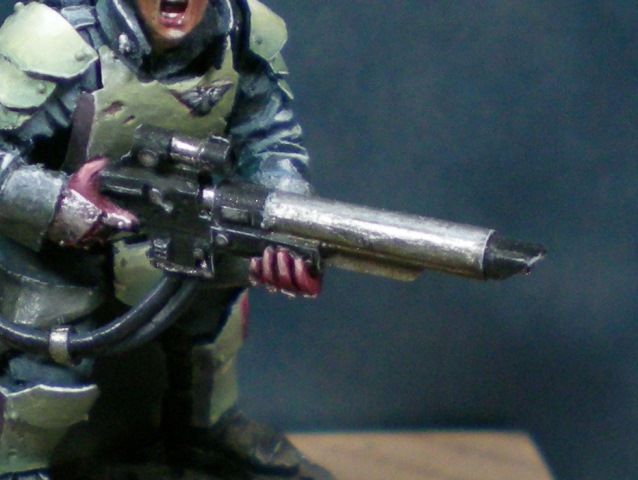
Polished metal painted using metallic paints.
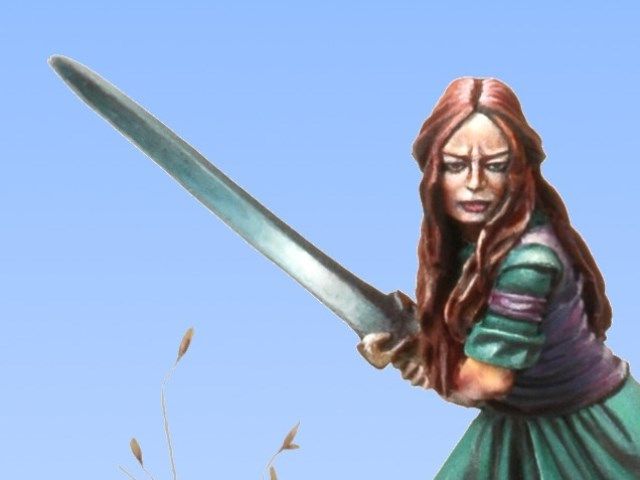
Polished metal painted using non-metallic paints
That said, let's look at the two most popular styles of painting metals that we have in miniature painting, True Metallic Metal and Non Metallic Metal (NMM). The two forms, despite having names so pretentious, are actually the same technique. The difference is that in the first one we will use metallic pigment colours and gloss while in the other we will use matte colours.

No comments:
Post a Comment